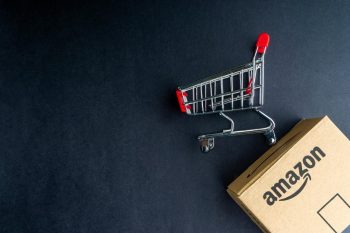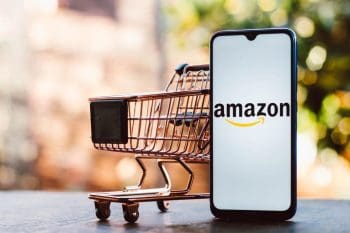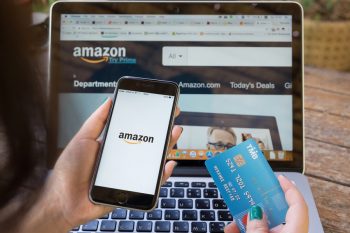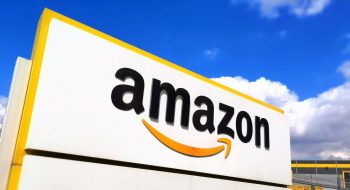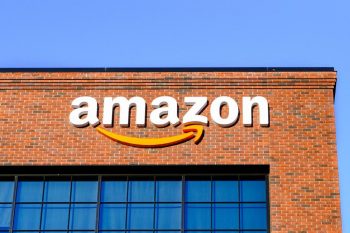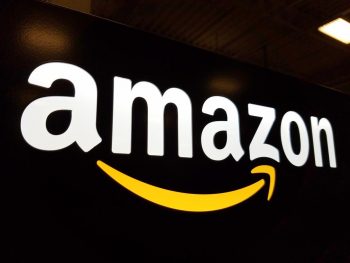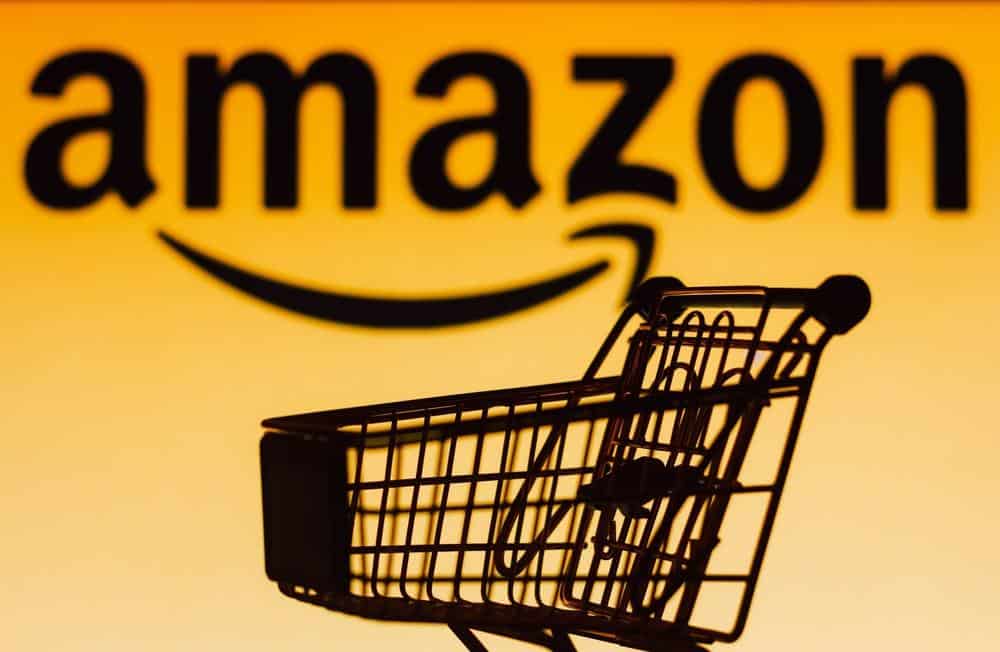
The Amazon rainforest, often referred to as the “lungs of the Earth”, is a vital component of our planet’s health. However, it faces numerous pressing threats, including deforestation, climate change, pollution, non-native species, illegal logging, and oil and gas exploration. These threats are largely due to human activities, such as mining, logging, ranching, agriculture, oil and gas extraction, and infrastructure development.
To combat these threats and ensure the safety of the Amazon rainforest, several measures can be taken by individuals, communities, governments, and international organizations.
To keep the Amazon safe, you can educate and raise awareness about its importance, support organizations working to protect the Amazon, sign petitions, reduce your use of fossil fuels, make informed daily choices, and support efforts to amplify the voices of Indigenous Peoples. Local communities, governments, and international organizations can play significant roles through policy making, technological innovations, and promoting education and awareness about the Amazon’s significance.
How Individuals Can Help
Individuals can contribute to the protection of the Amazon from their own homes in several ways:
- Educate and raise awareness: Share information about the importance of the Amazon with family and friends, and encourage them to support its protection.
- Support organizations working to protect the Amazon: Donate to organizations such as Amazon Conservation Association, Amazon Watch, and Rainforest Trust.
- Sign petitions: Participate in online petitions to protect the Amazon, such as those on Change.org and Rainforest Rescue.
- Reduce your use of fossil fuels: Decrease your carbon footprint by using less energy, supporting renewable energy sources, and turning off electrical appliances when not in use.
- Make informed daily choices: Consume less, avoid single-use packaging, and eat sustainably sourced food.
- Support efforts to amplify the voices of Indigenous Peoples: Indigenous communities play a crucial role in protecting the Amazon, and supporting organizations that work with them can help ensure their rights and territories are protected.
Role of Local Communities and Indigenous People
Local communities and indigenous people play a crucial role in preserving the Amazon rainforest. They are often considered the primary stakeholders responsible for the protection, conservation, and preservation of forested areas. Indigenous territories and protected areas cover around 50% of the Amazon basin, and deforestation rates in these territories are roughly half of what they are in similar surrounding lands.
Government policies and international agreements can help in the conservation of the Amazon by guiding actions, coordinating efforts, and providing resources for forest conservation.
Technological Innovations for Safeguarding the Amazon
Various technological innovations are being used or have the potential to be used to assist in safeguarding the Amazon rainforest. Some of these innovations include Satellite imagery and GIS, Drone mapping, NASA satellite technology, Artificial intelligence (AI), Drones for indigenous communities, Acoustic monitoring, Drone-based sensors, and Combining technology with indigenous rights.
Education and Awareness
Education and awareness about the Amazon’s importance are crucial to its conservation. Educating people about the beauty and significance of rainforests helps them understand why they should protect these ecosystems. Environmental education can strengthen people’s connection with the forest and promote the region’s preservation.
In conclusion, the Amazon rainforest is a vital part of our planet’s health, and its protection is a shared responsibility. By taking individual actions, supporting local communities and indigenous people, leveraging technology, and promoting education and awareness, we can all play a part in keeping the Amazon safe.
Frequently Asked Questions
What is the role of the Amazon rainforest in climate regulation?
The Amazon rainforest plays a crucial role in global climate regulation by acting as a carbon sink, absorbing large amounts of carbon dioxide from the atmosphere, which helps to reduce the impacts of climate change. It also produces 20% of the world’s oxygen and contains 10% of the world’s known biodiversity.
Why is deforestation a problem in the Amazon?
Deforestation in the Amazon is a significant issue because it leads to a loss of biodiversity, disrupts ecosystems, contributes to climate change, and threatens the livelihood of local communities and indigenous people. When trees are cut down, they release the carbon they have stored, which contributes to global warming.
What are some examples of organizations that work to protect the Amazon?
Some organizations working to protect the Amazon include the Amazon Conservation Association, Amazon Watch, and Rainforest Trust. These organizations focus on promoting sustainable practices, protecting indigenous rights, and preserving the forest’s biodiversity.
How does technology help in the conservation of the Amazon?
Technology plays a vital role in the conservation of the Amazon. For instance, Satellite imagery and GIS systems allow for monitoring deforestation and illegal activities. Drones can capture high-resolution images in real-time, providing up-to-date information about the state of the forest. AI can analyze these images and predict future deforestation patterns. Acoustic monitoring can detect sounds of illegal logging or wildlife presence, providing valuable data for conservation efforts.
How can I reduce my carbon footprint?
There are many ways to reduce your carbon footprint, including using energy-efficient appliances, reducing your consumption of meat and dairy products, walking or cycling instead of driving, reducing your air travel, recycling and composting, and supporting renewable energy initiatives.

